Lab4Living is a Living Lab formed in 2008, which adopts a user-centred open innovation ecosystem based on a systematic user co-creation approach, integrating research and innovation processes in real life communities and settings.
The team:
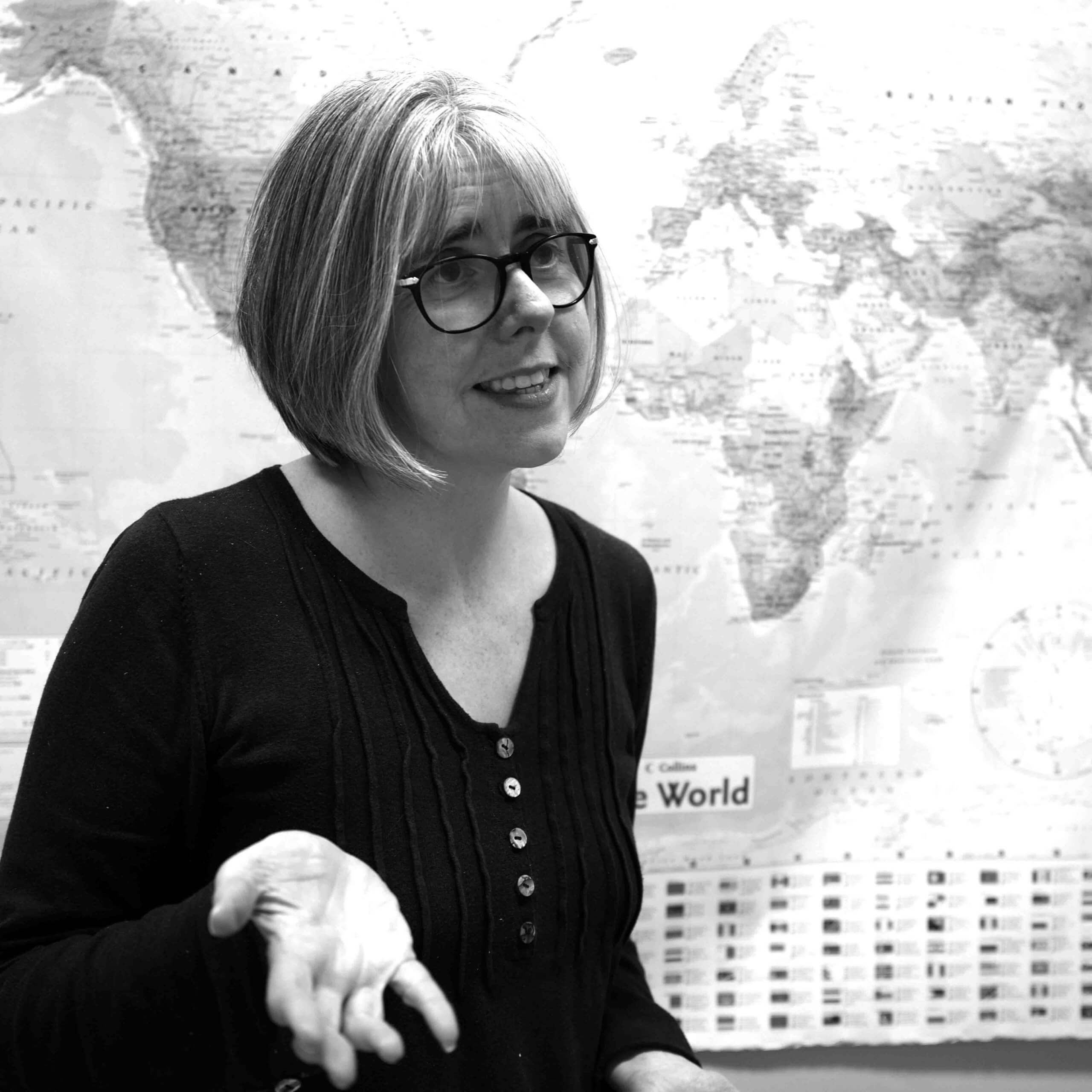
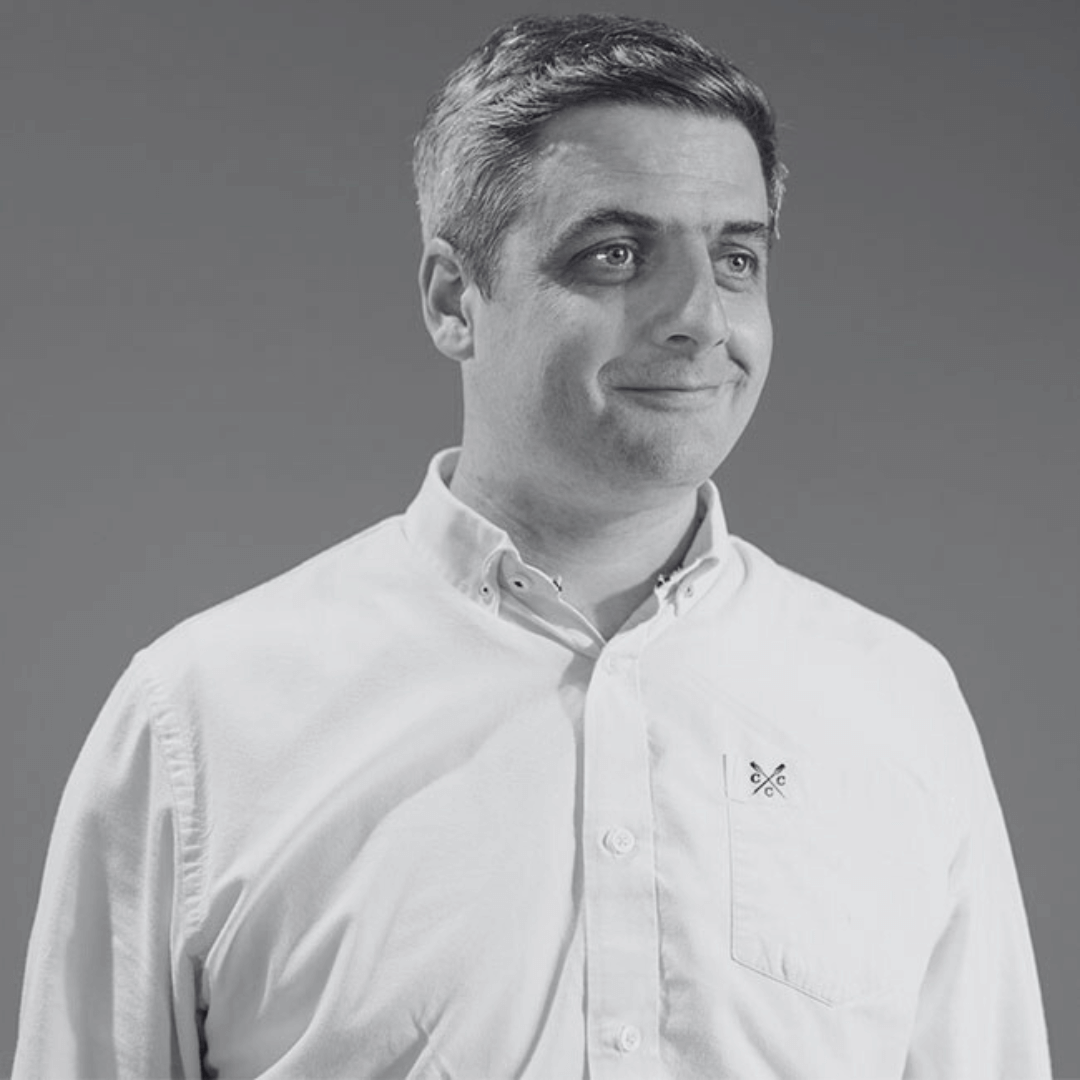
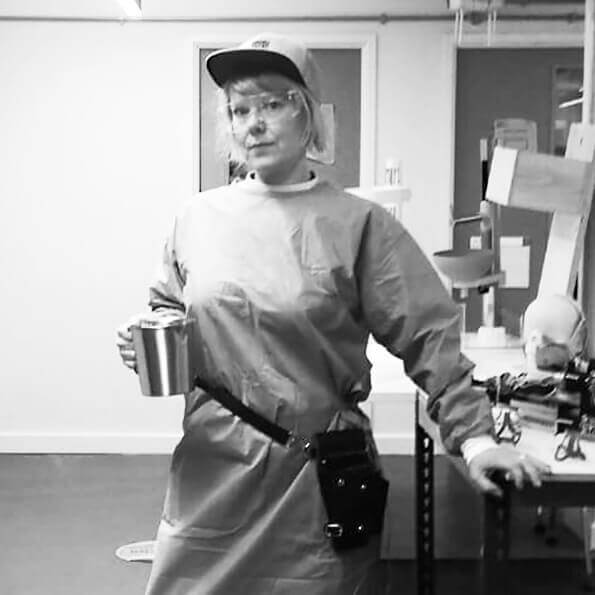
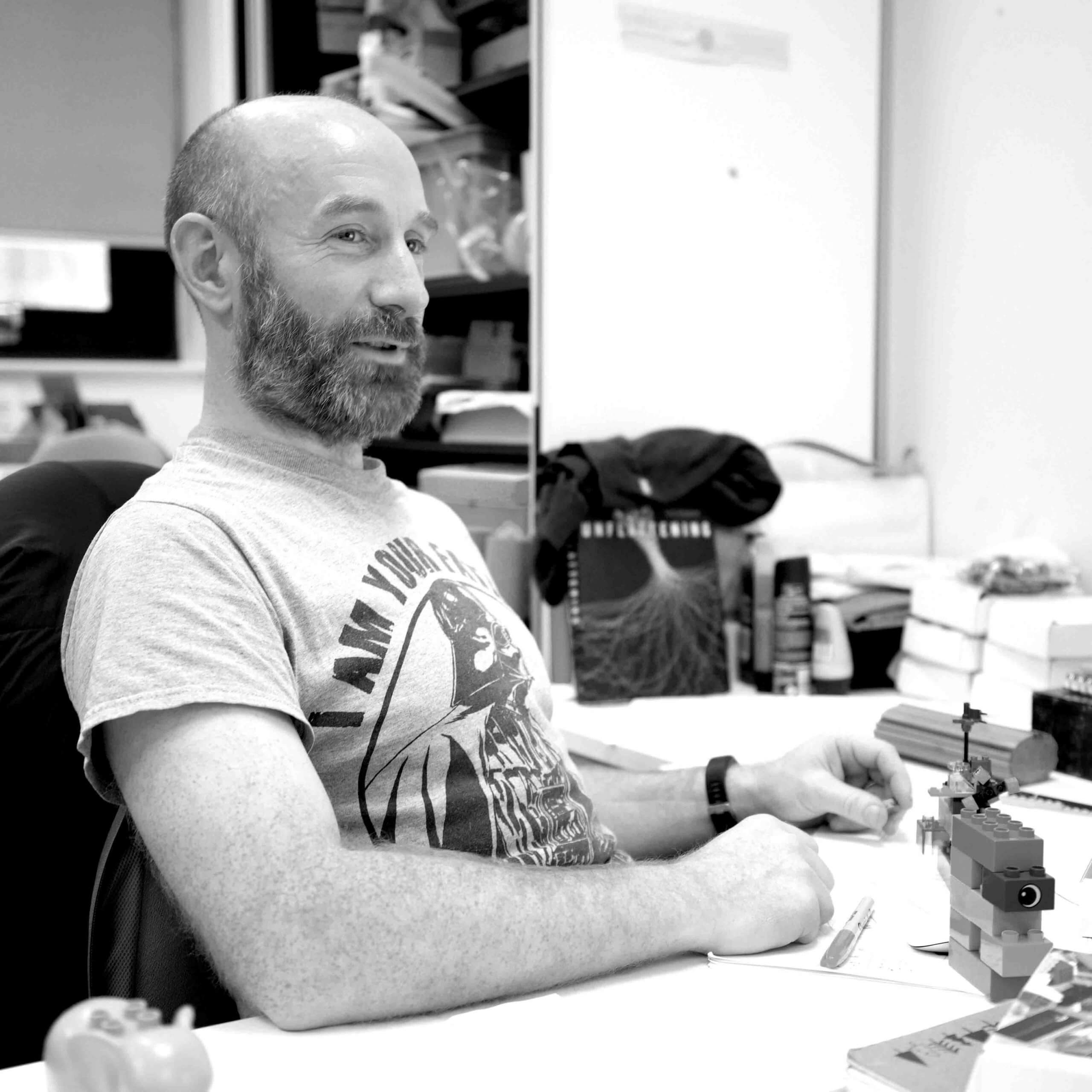
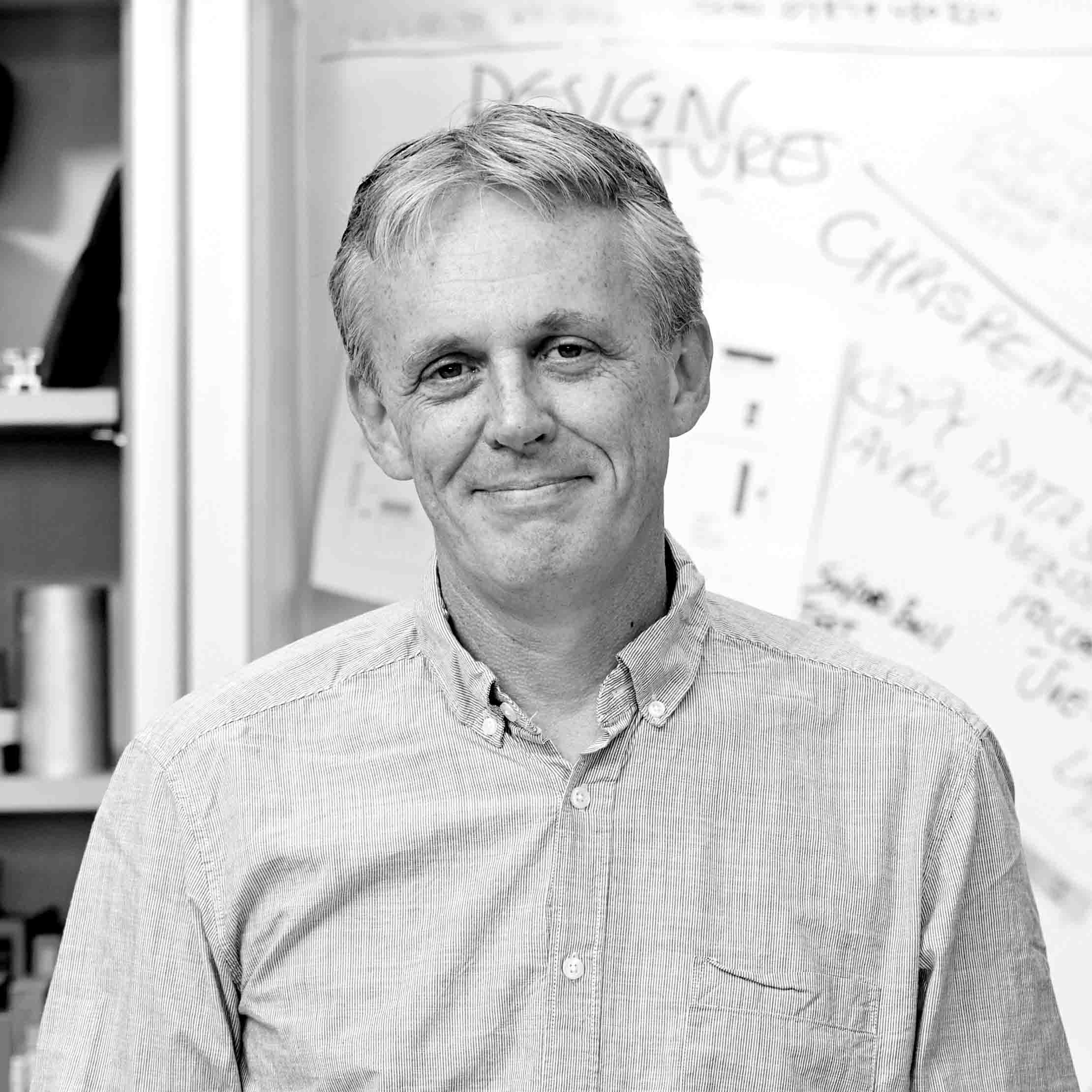

Avika Sood
Team Member
Read Avika’s bio

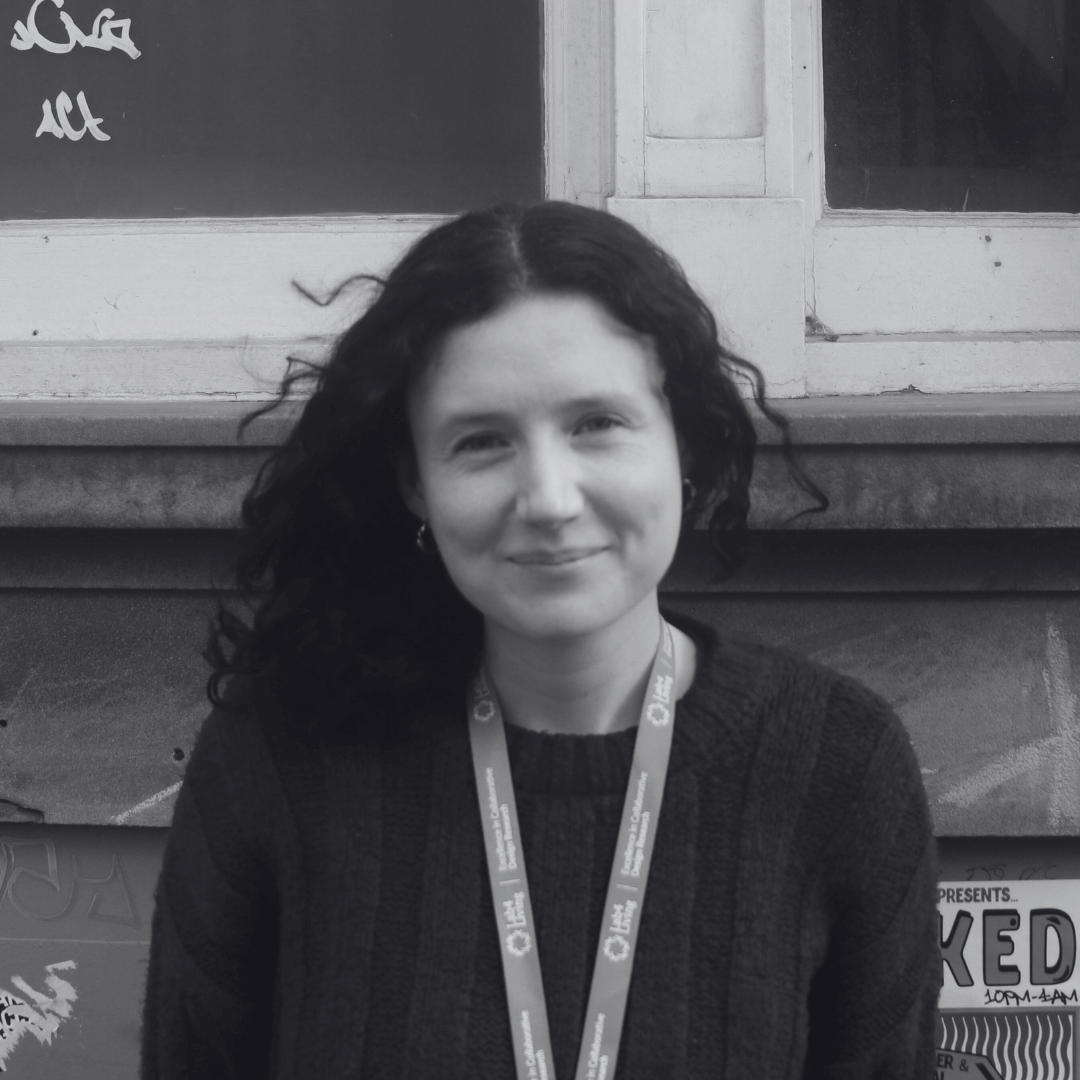

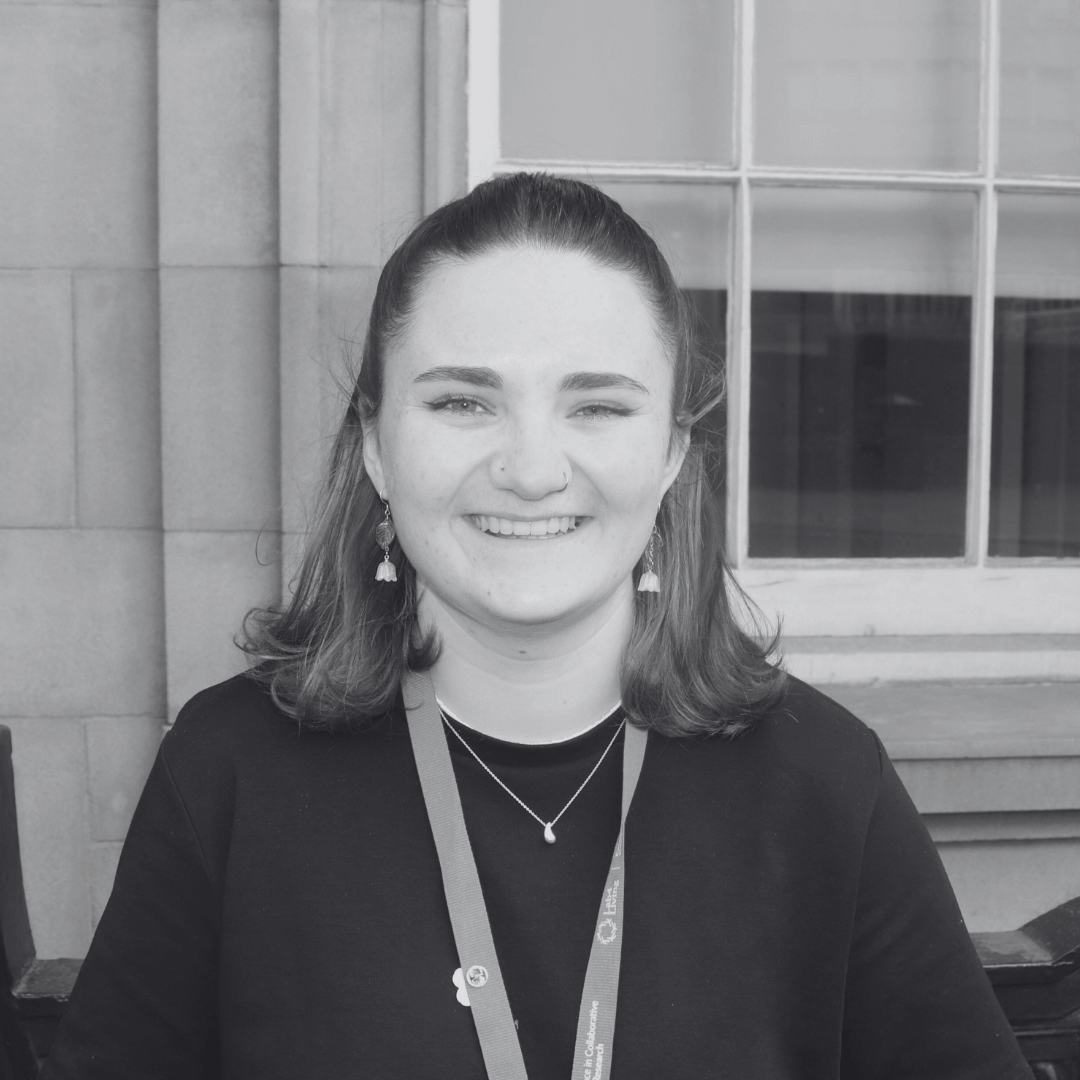

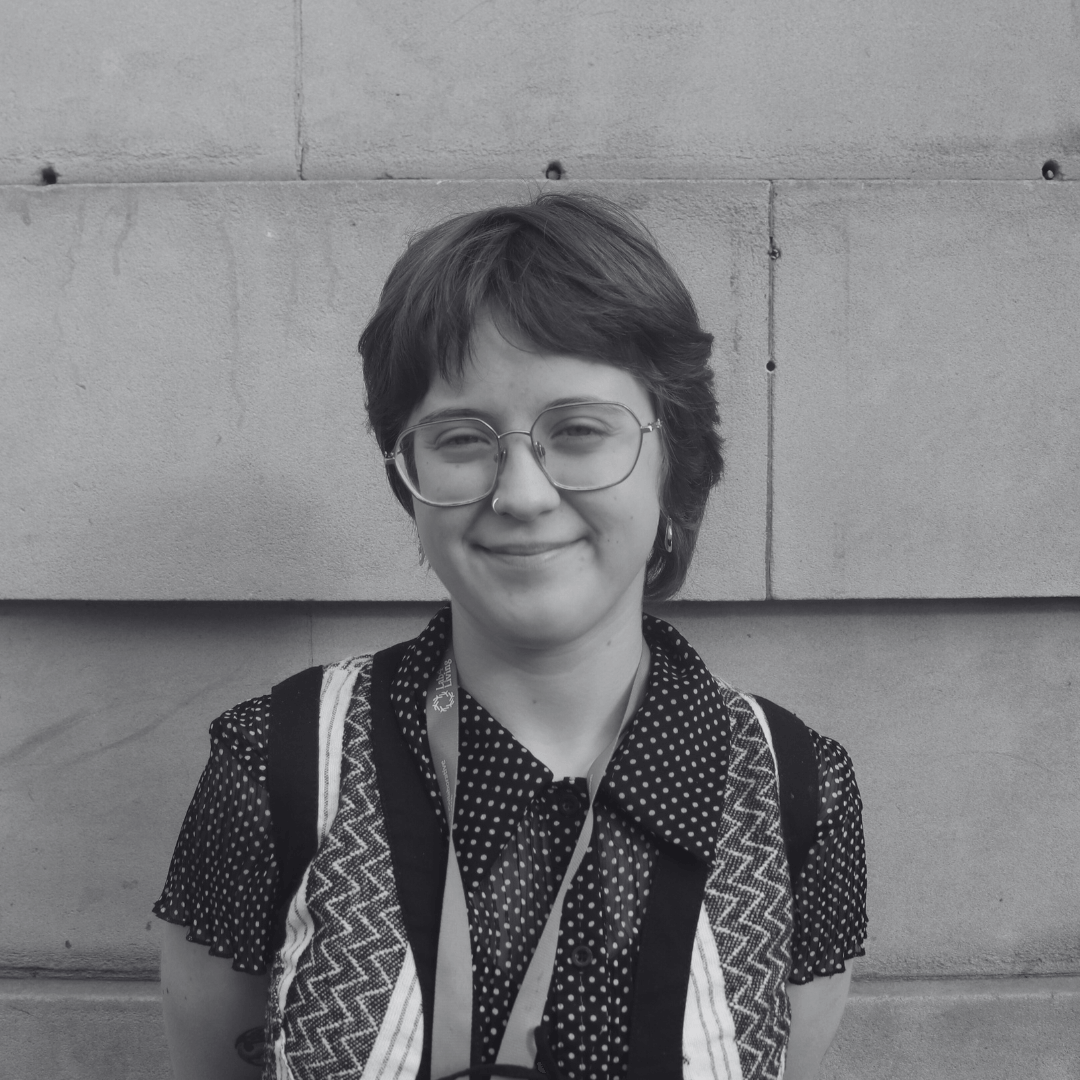

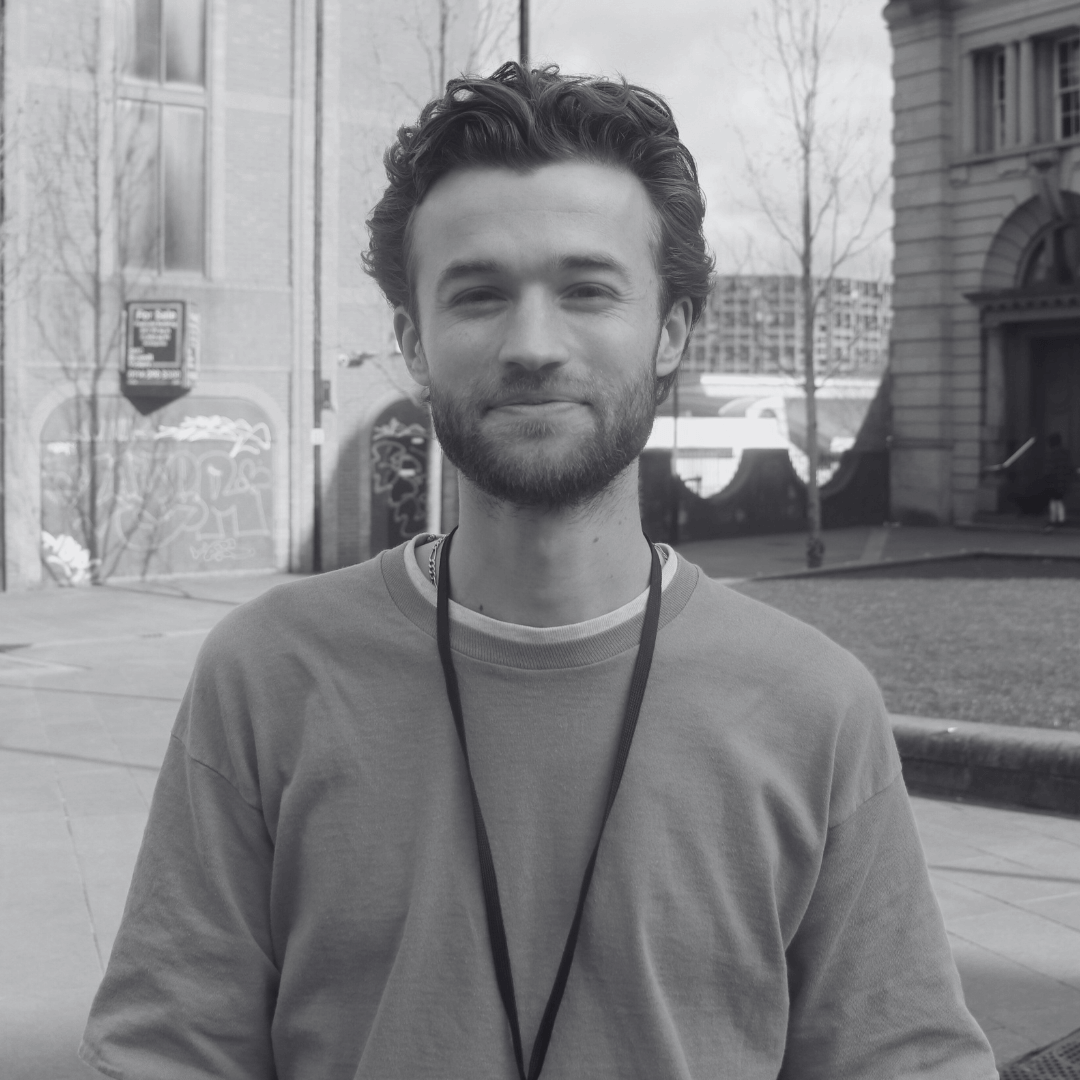
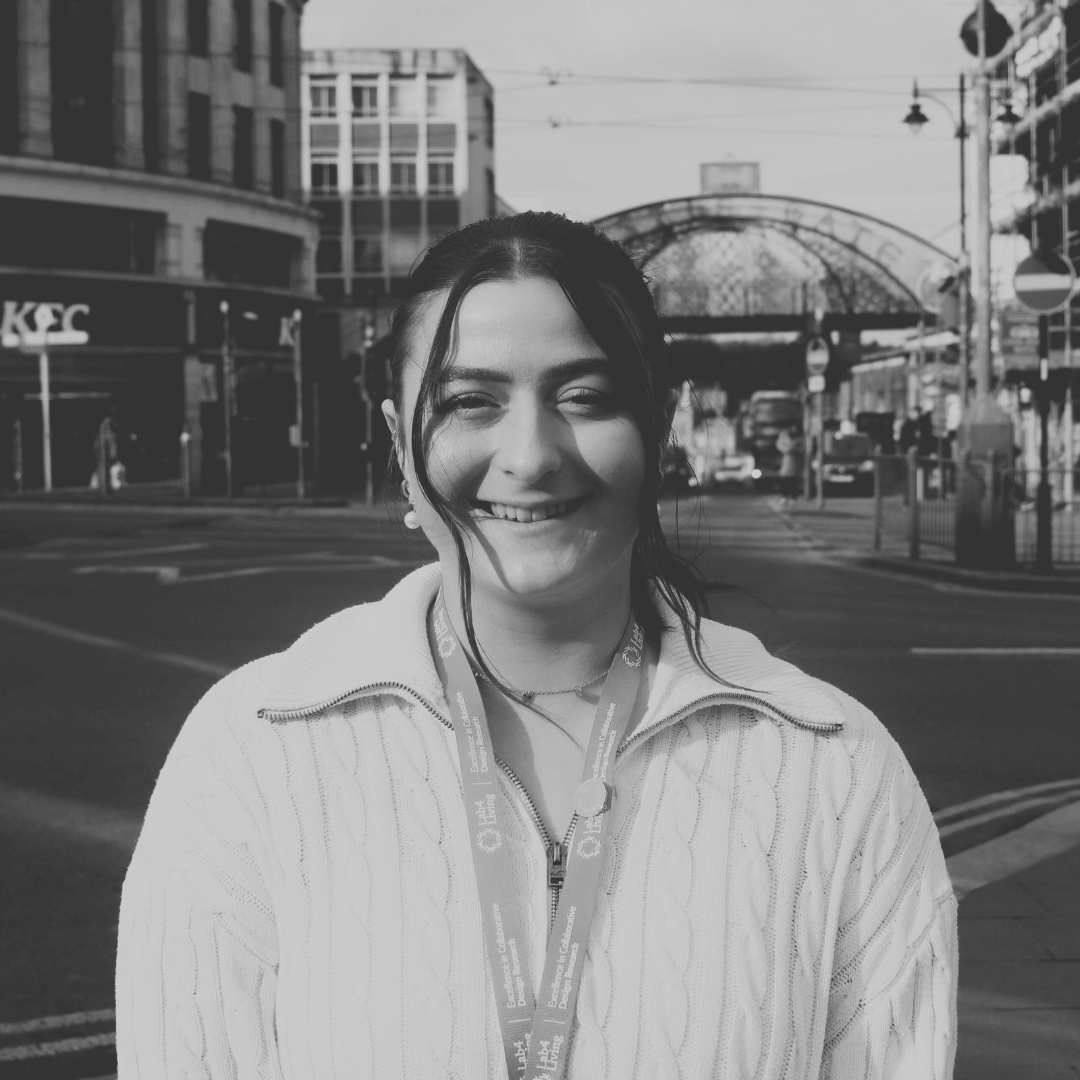
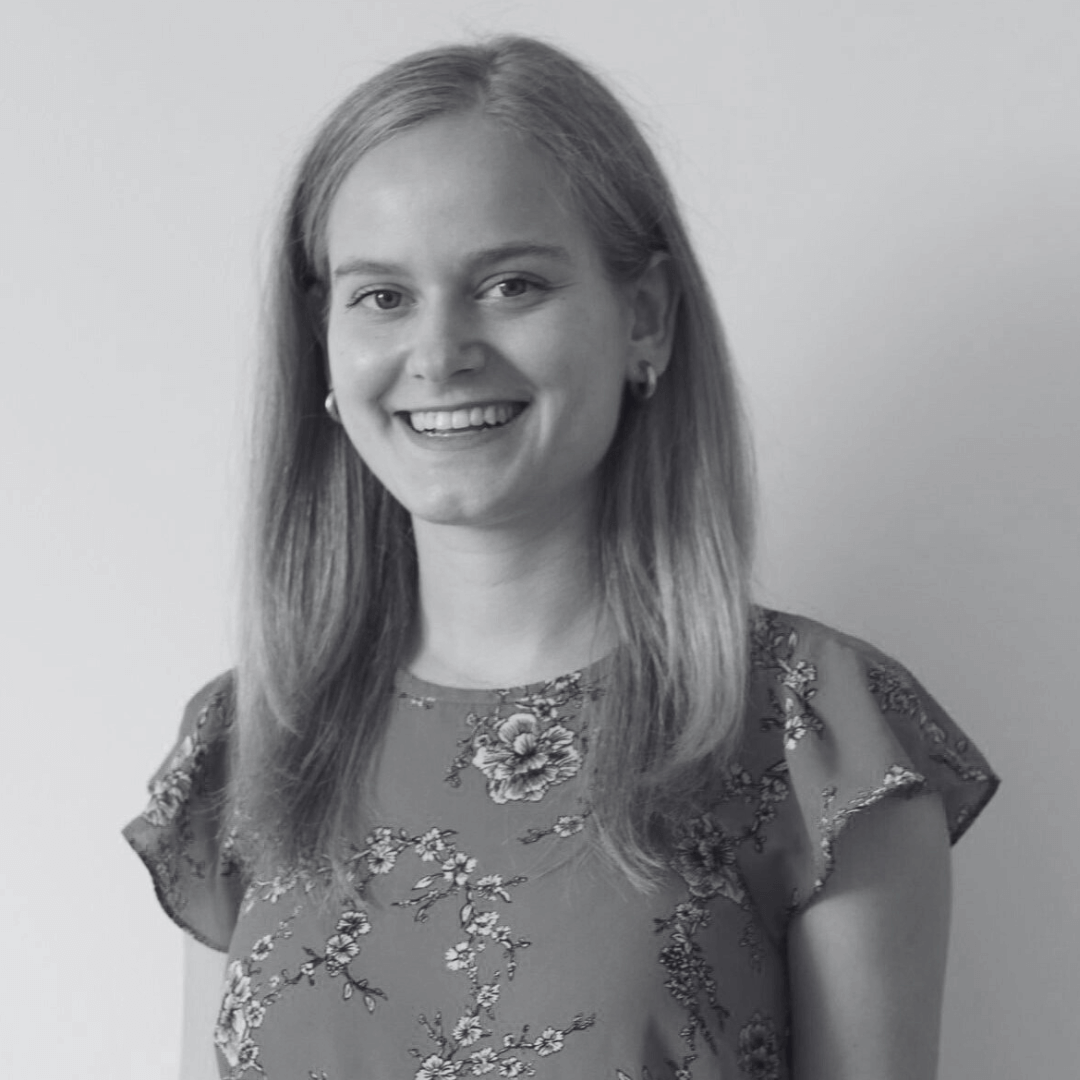
We bring in expertise from across the university in the form of secondments. An active group of PhD students are supervised by the team. More information can be found here. To find out more about Lab4Living please download our booklet here.
Since it was formed, the lab has worked with UK and international groups from Industry, other HEIs, Communities, Third Sector, Care Homes, Local and National Government, and Hospitals.
Within our own wider institution, we have formal collaborations with other teams including Design Futures, Centre for Regional Economic and Social Research, Advanced Wellbeing Research Centre, Centre for Loneliness Studies.
Founding members:

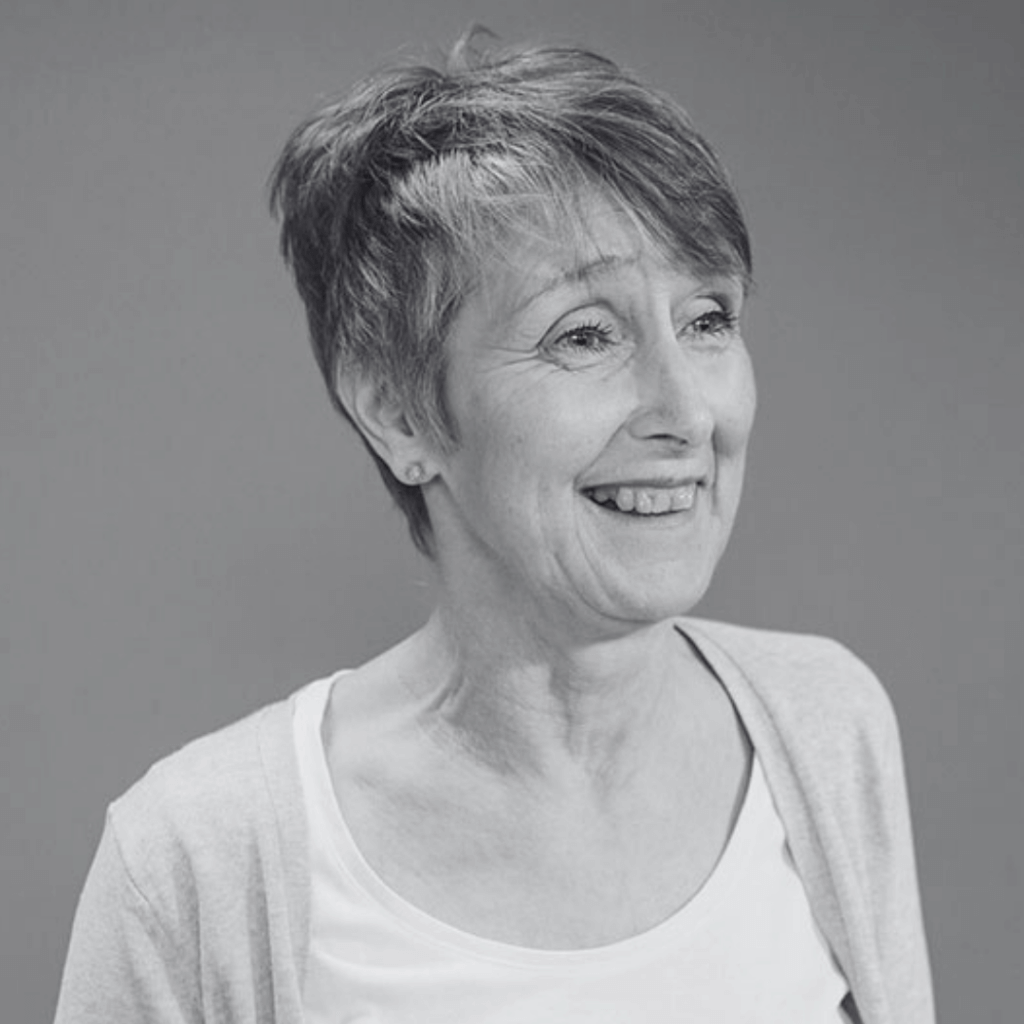

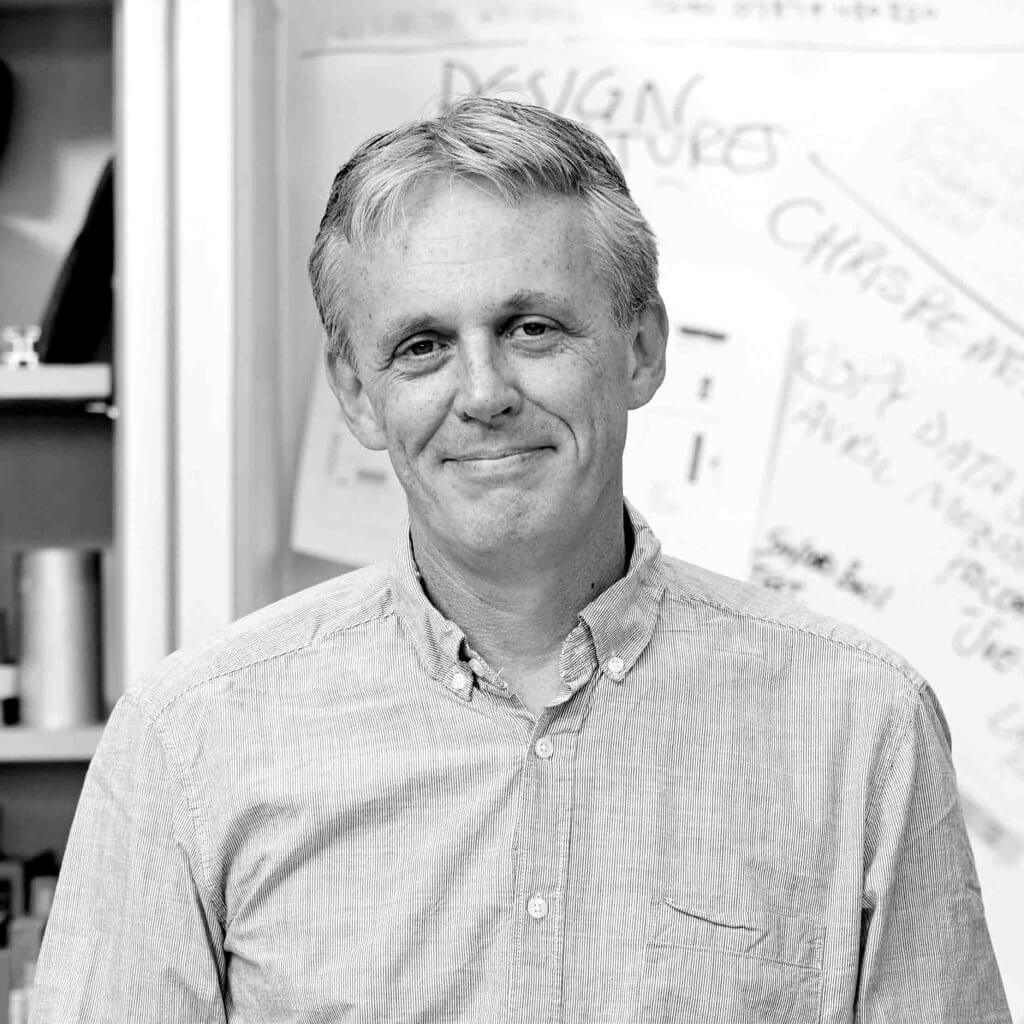
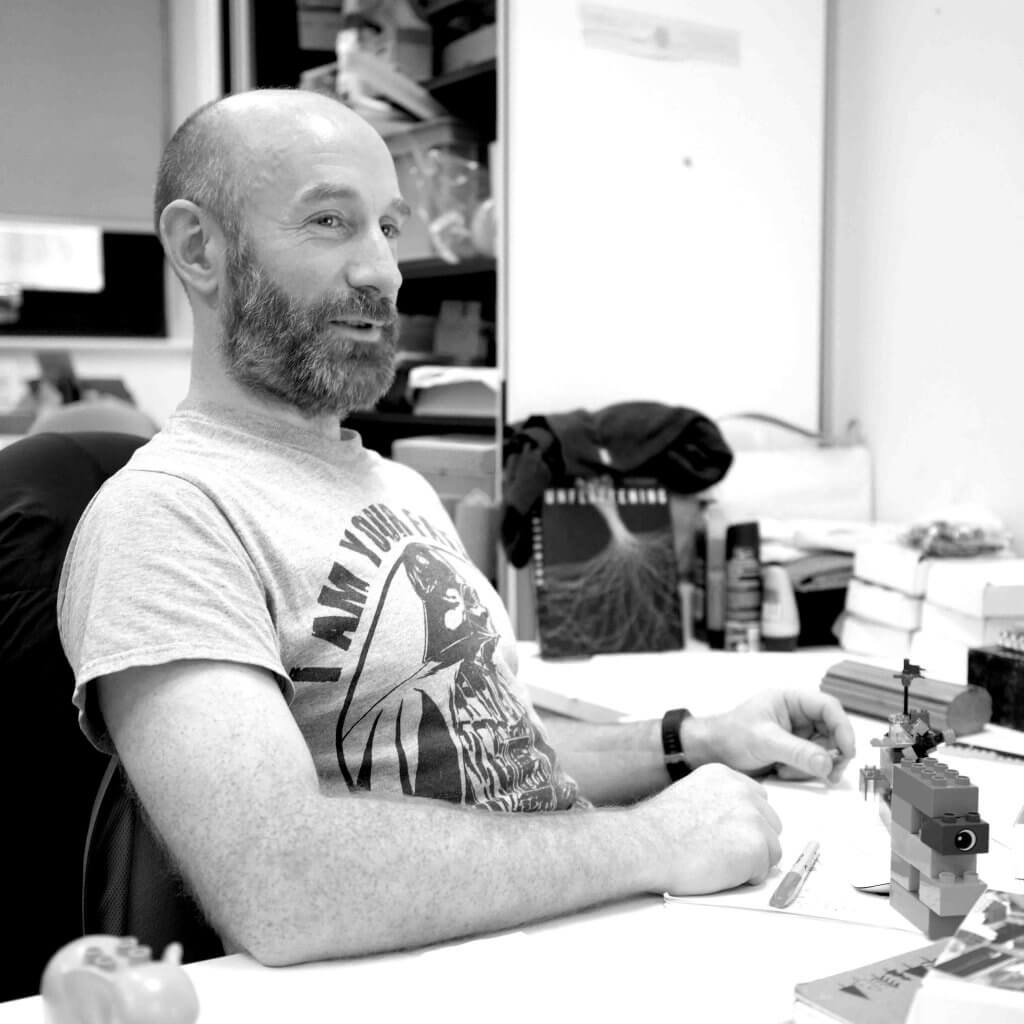
Notable alumni:
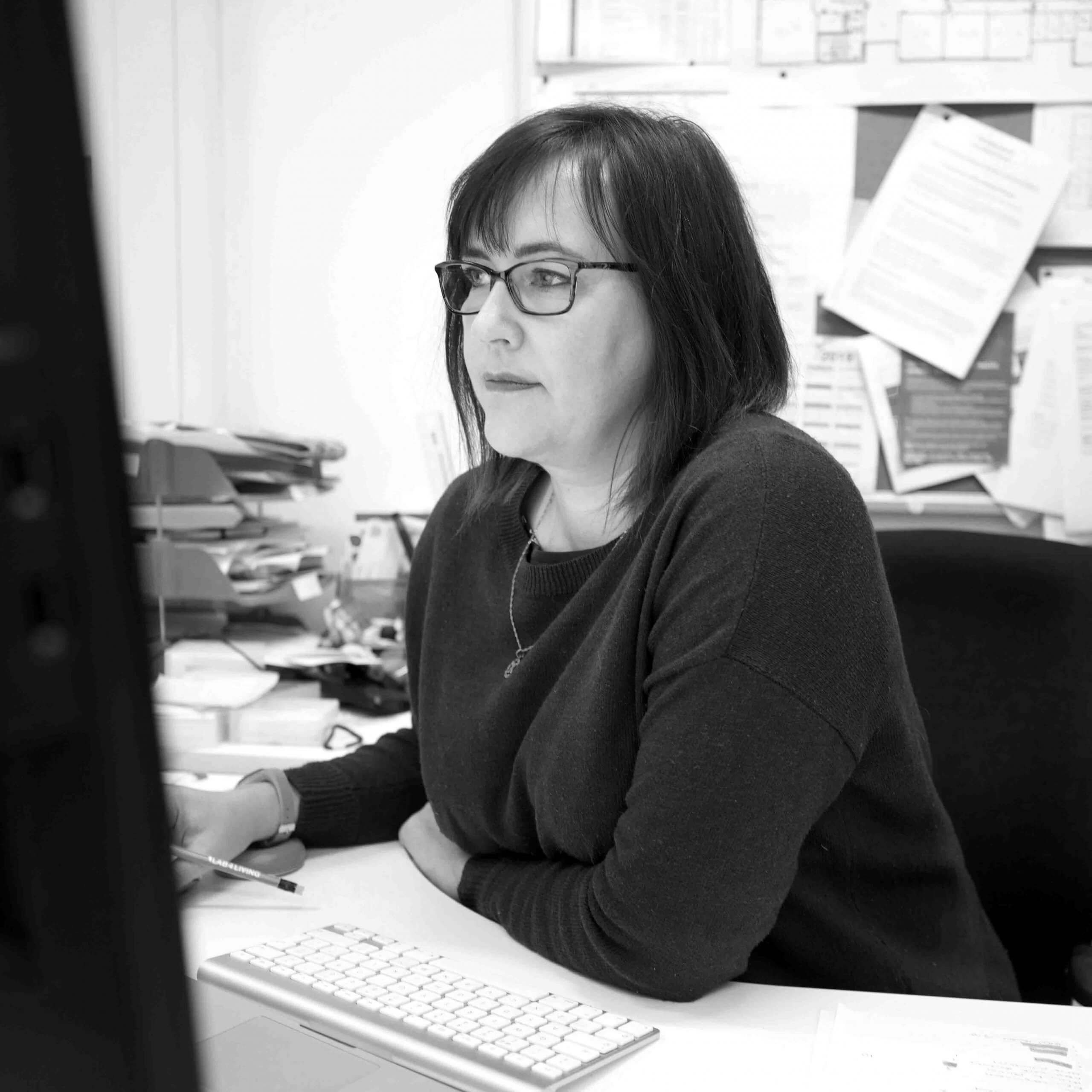

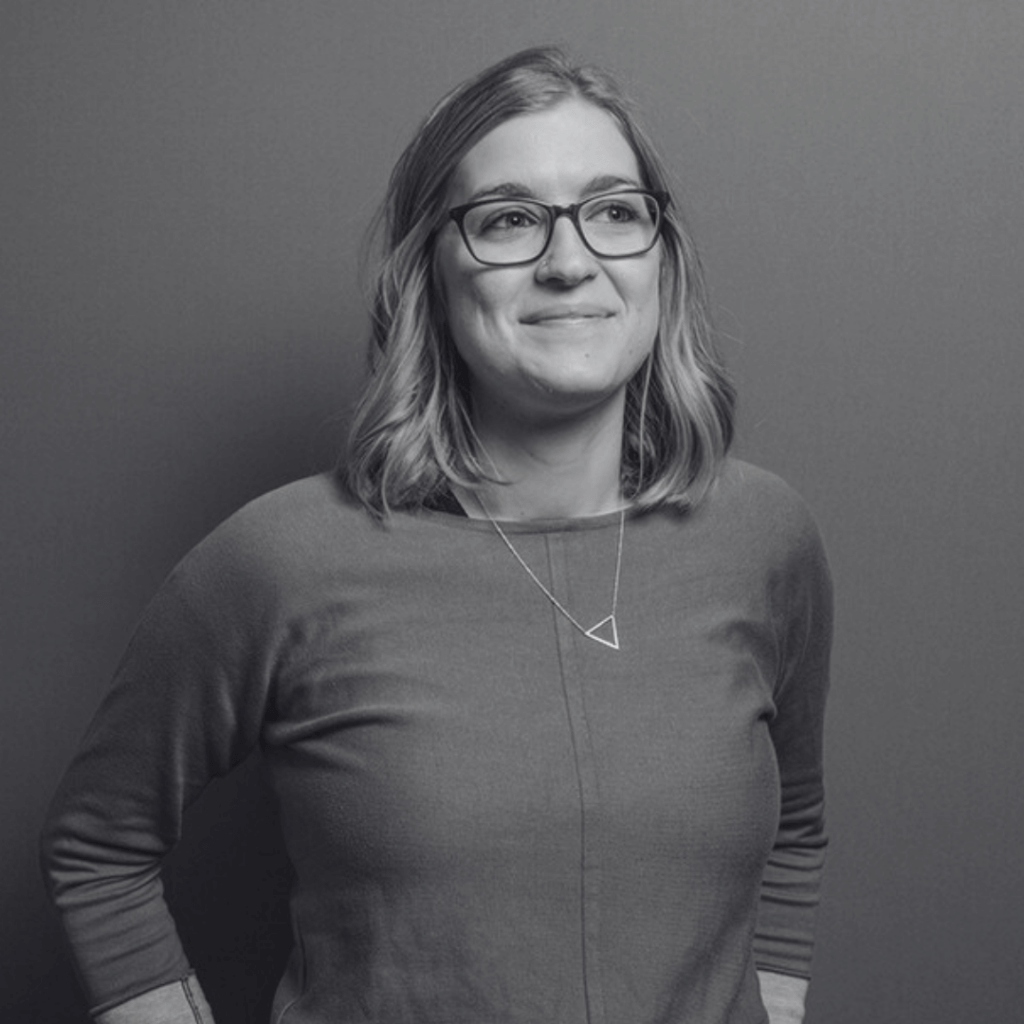

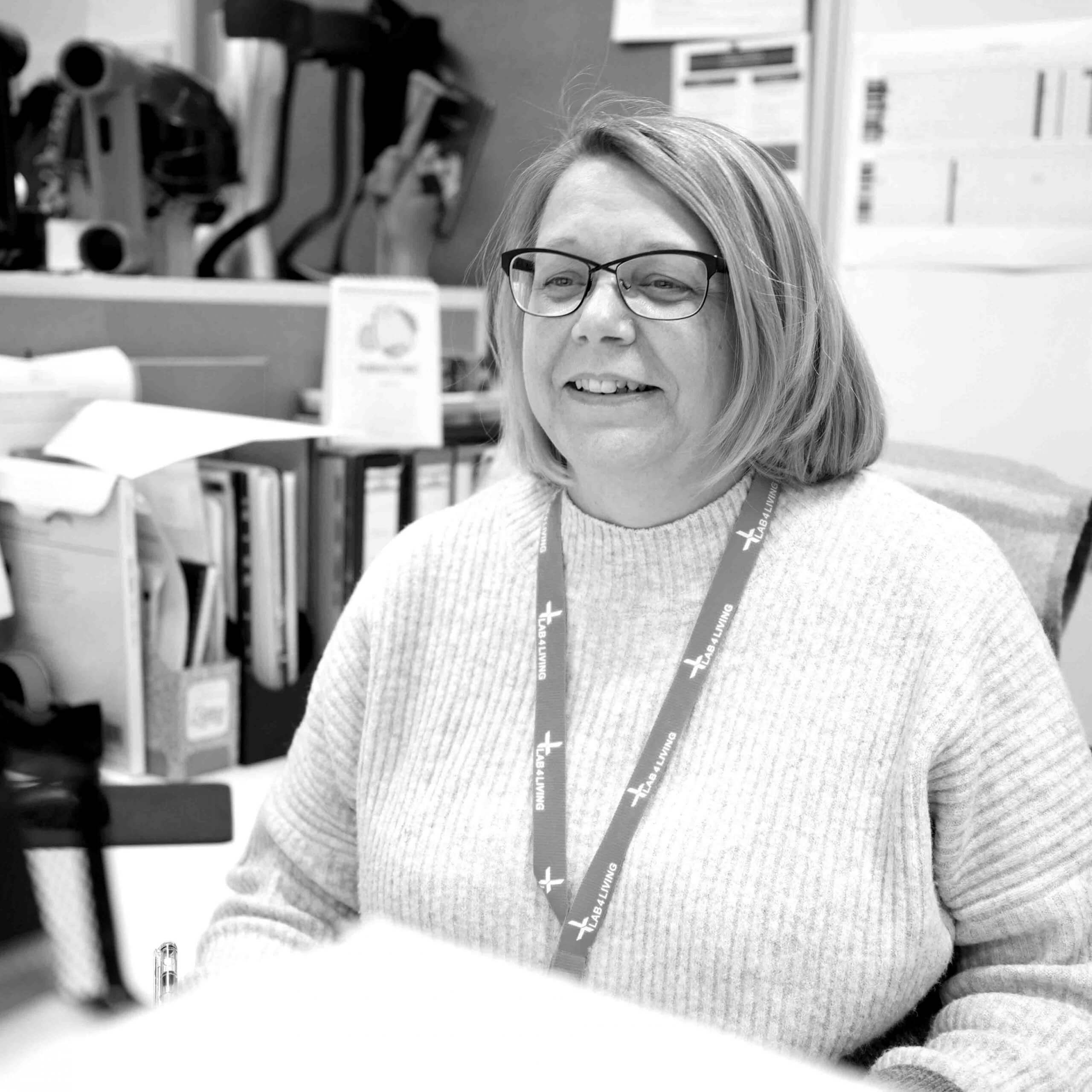
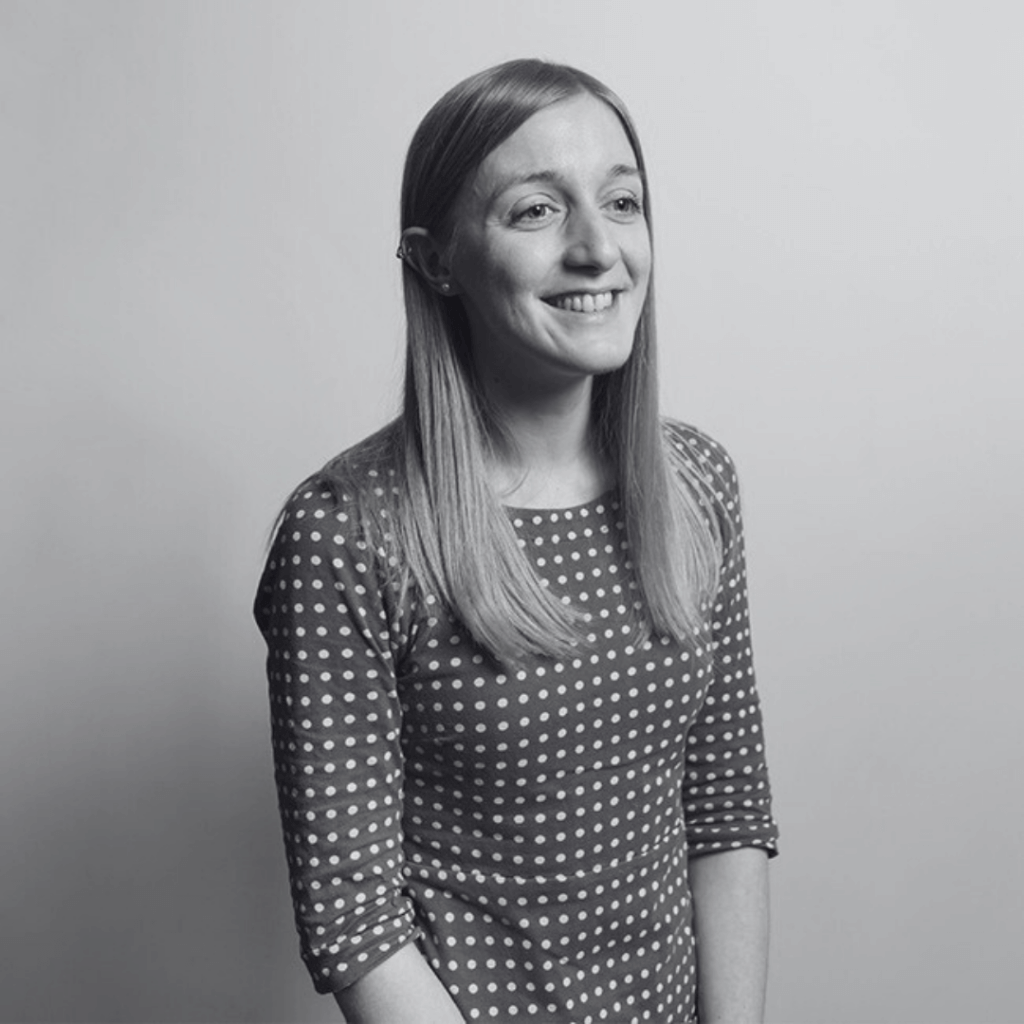
Lab4Living’s work has been made possible through the dedication, creativity, and expertise of its researchers, collaborators, and partners over the years. We are deeply thankful to all those- past and present- whose contributions have shaped and continue to shape the direction and impact of our work.
 to top
to top
